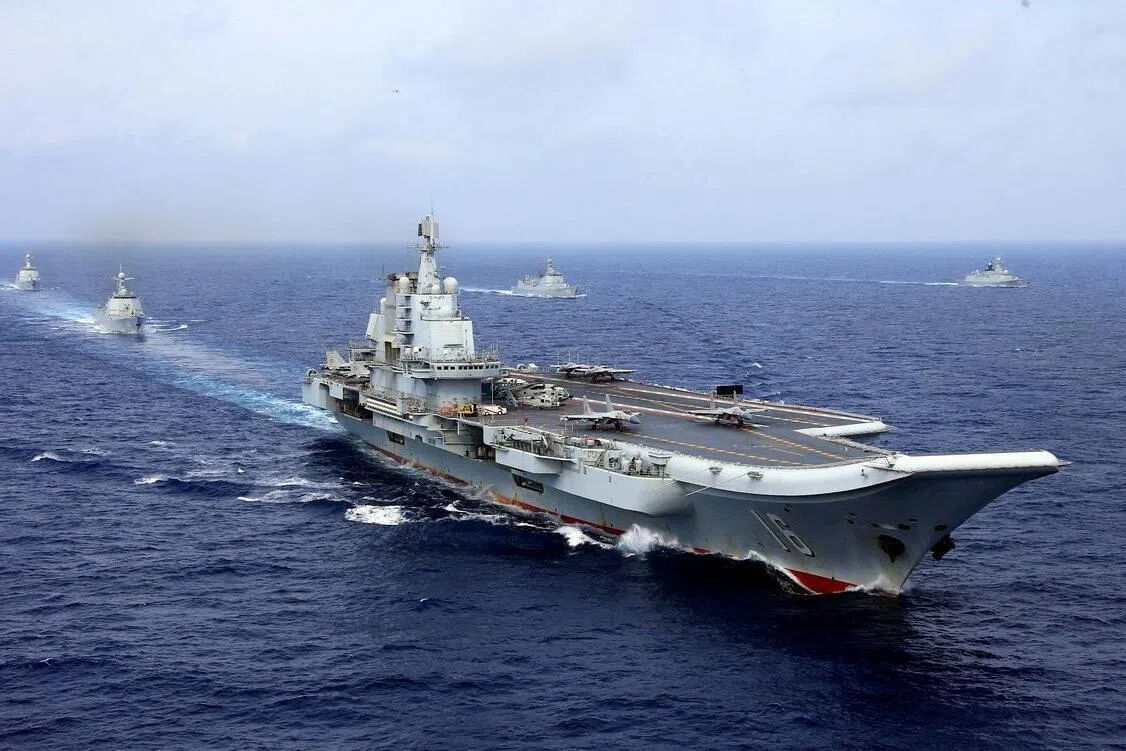For subscribers
China v America: How Xi Jinping plans to narrow the military gap
From subs to nukes, he is adding firepower despite a slower economy
Sign up now: Get ST's newsletters delivered to your inbox

China’s navy surpassed America’s as the world’s largest around 2020 and is now the centrepiece of a fighting force that the Pentagon considers its “pacing challenge”.
PHOTO: REUTERS
The Economist
Follow topic:
Ever since British troops vanquished Qing dynasty forces in the Opium Wars of the 19th century, Chinese modernisers have dreamt of building world-class armed forces with a strong navy at their core. China’s spears and sailing ships were no match for steam-powered gunboats, wrote Li Hongzhang, a scholar-official who helped set up the country’s first modern arsenal and shipyard in Shanghai in 1865. If China systematically studied Western technology, as Russia and Japan had, it “could be self-sufficient after a hundred years”, he wrote.
It took longer than Li imagined, but today his dream is within reach. China’s navy surpassed America’s as the world’s largest around 2020 and is now the centrepiece of a fighting force that the Pentagon considers its “pacing challenge”. The question vexing Chinese and Western military commanders is this: Can China continue on the same path, relentlessly expanding its capacity to challenge American dominance? Or does a slowing Chinese economy, and a more hostile, unified West, mean that China’s relative power is peaking?

